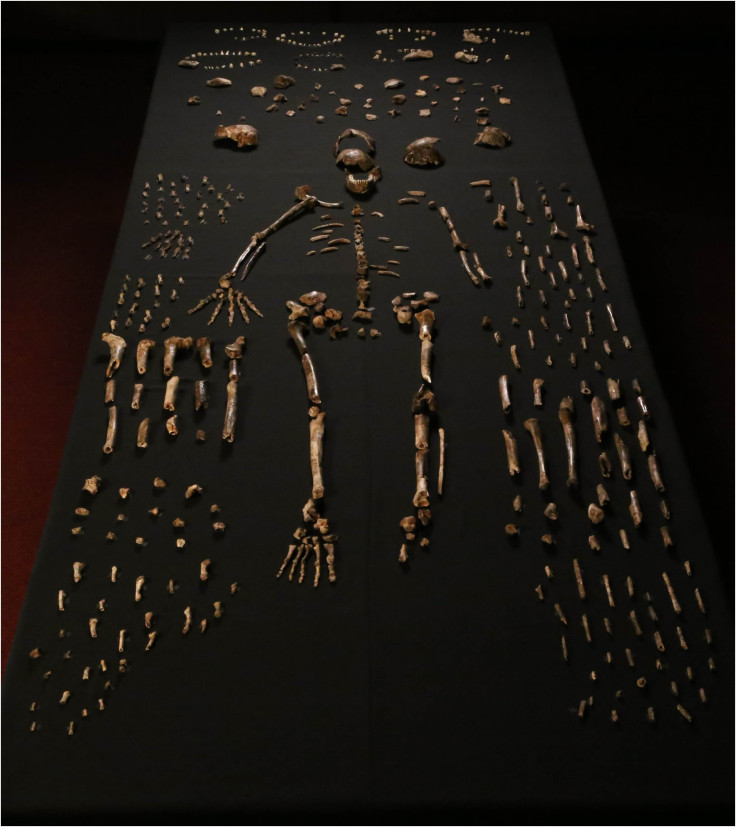Here's Where Homo Naledi May Fit In The Timeline Of Human Evolution

Homo sapiens seems to have a new ancestor with the recent discovery of Homo naledi in South Africa. An international team of researchers led by Lee Berger, from Witswatersrand University in Johannesburg, has discovered more than 1,500 fossils in a remote chamber of a South African cave. The discovery could alter the 2.8 million-year timeline of human evolution.
"Overall, Homo naledi looks like one of the most primitive members of our genus, but it also has some surprisingly humanlike features, enough to warrant placing it in the genus Homo," John Hawks, a senior author from the University of Wisconsin-Madison, said in a statement this week. The research was published in the journal eLife. Further analysis will be necessary to determine the creature's age, but scientists believe it could be up to 3 million years old.
The Homo genus is believed to be around 2.8 million years old, with Homo habilis being the earliest known species. Prior to H. habilis there was "Lucy." Australopithecus afarensis, of which the Lucy skeleton is the best-known example, had ape and human traits that allowed the species to live in the trees and walk upright. The Homo genus is still being defined, and discoveries like naledi will refine our understanding of human evolution.
While Homo erectus and Homo neanderthalensis may be well-known members of the genus, what about H. floresiensis, heidelbergensis and rudolfensis? Homo floresiensis have been nicknamed "Hobbits" due to their short stature, with some initial debate about the classification as a distinct species. There are many questions surrounding floresiensis, including its evolution and how it got to the island of Flores in Indonesia. Homo heidelbergensis lived around 700,000 to 200,000 years ago in Europe. This species hunted large game, built fires and shelters.
Everything we know about Homo rudolfensis is based on one skull fossil, but that was enough to distinguish it as a different species. Rudolfensis had a larger brain, and a longer facial structure than Homo habilis, but scientists still know very little about this species that lived around 1.9 million years ago in East Africa.
A timeline of major milestones in human evolution can be viewed below.
© Copyright IBTimes 2024. All rights reserved.





















